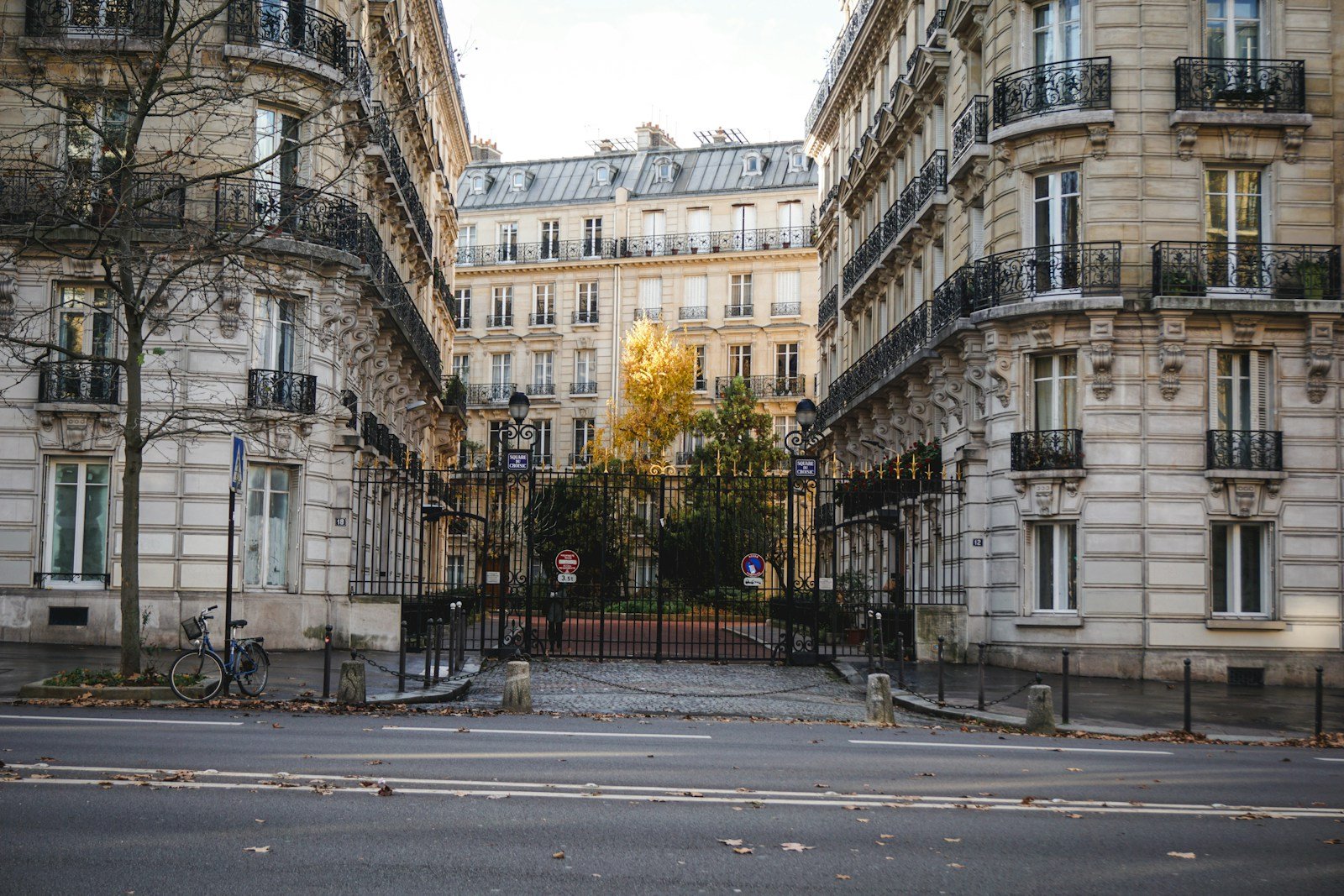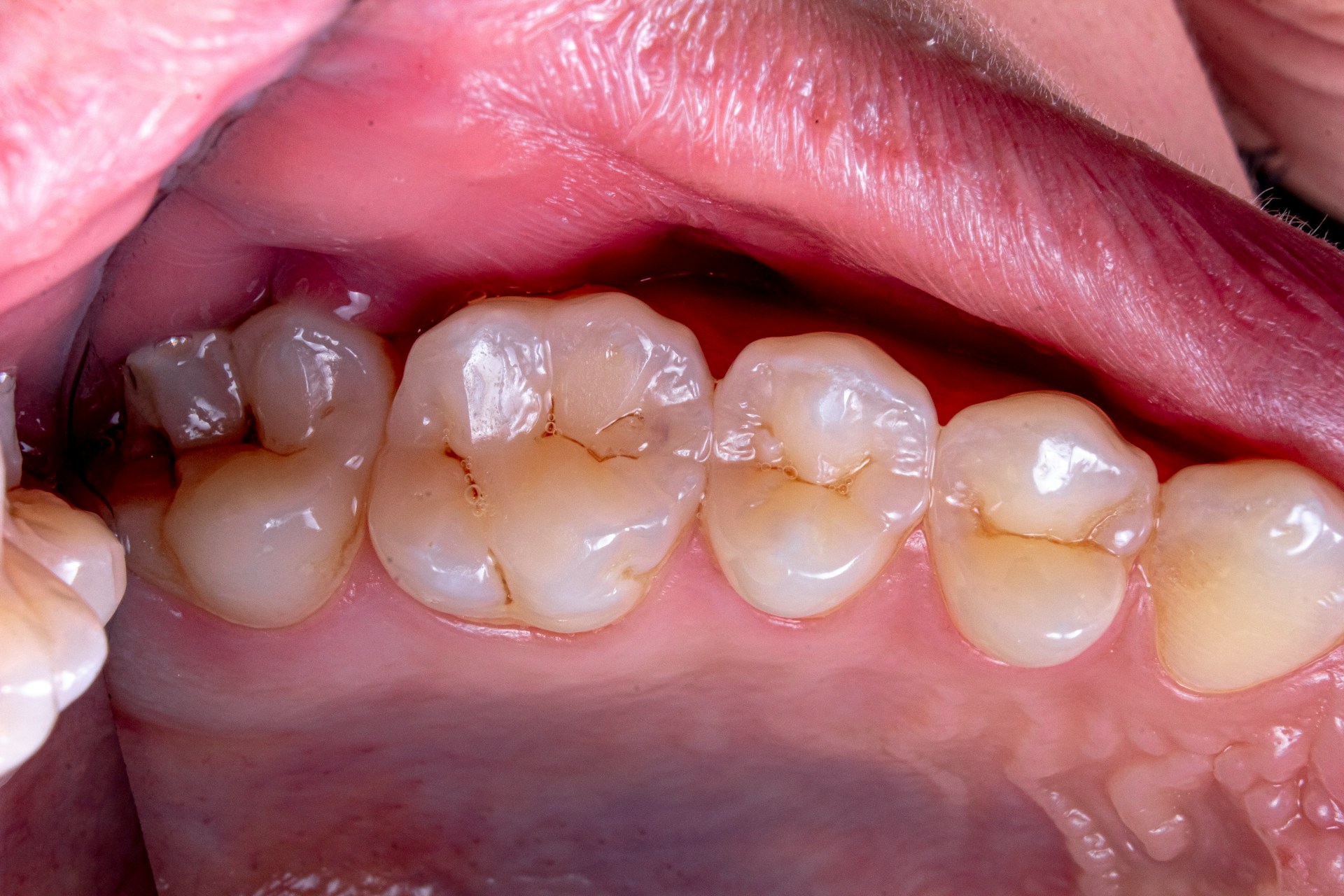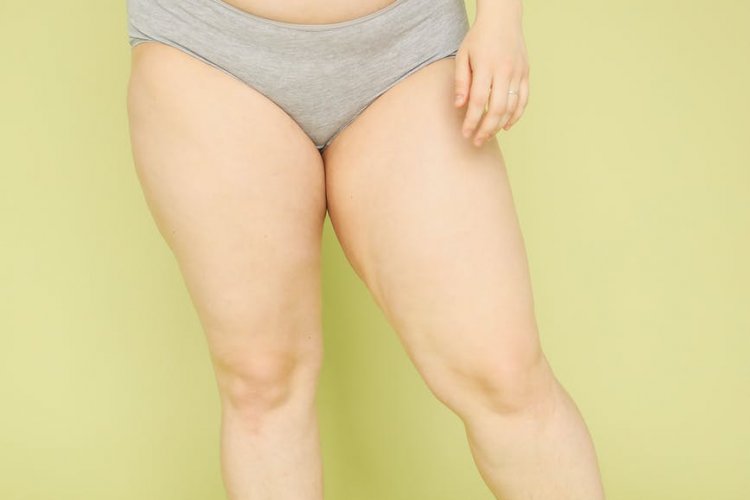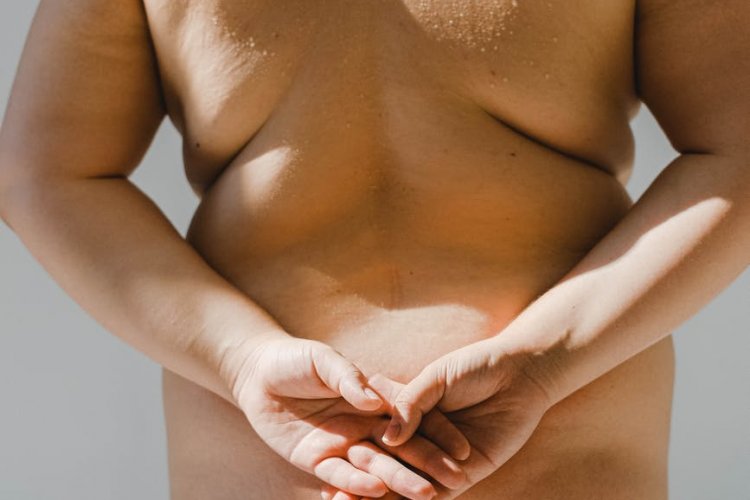Brussels heads for a fall fight over limiting subsidies to big farms
BRUSSELS — The European Commission is trying to limit the amount of money any single farmer can receive in subsidies, putting it at odds with some member countries and large-scale agricultural producers.
This isn’t the first (or second) time that rules limiting payments to large farms — referred to in EU-speak as “capping” and “degressivity” — have been proposed by the Brussels-based executive. Previous attempts have been met with fierce opposition, and even as he announced the new plan, Agriculture Commissioner Christophe Hansen anticipated hostility.
“I know that certain member states will not like it. Certain regions in the European Union will not like it. But if we have to deal with the same amount of money and we want to better support young farmers, new farmers, small farmers, well, we have to take it from somewhere,” he told members of the European Parliament during a grilling on the new Common Agricultural Policy proposal.
Ahead of negotiations that start in earnest this fall with the Council of the EU, which represents the bloc’s 27 member countries, we crunched the numbers on which countries may be most affected by the proposed changes to the CAP in the bloc’s next seven-year fiscal term.
Big picture
In the 2023 financial year, 20 percent of the EU’s farms received 80 percent of direct payments. The majority of these payments are decoupled area-based payments, meaning that farmers are paid per hectare regardless of what they produce.
This means large-scale farms can benefit from huge payouts.
In order to limit these, the EU’s new proposal would allow member countries to pay farmers anywhere from €130 to €240 on average per hectare. No individual farmer would receive more than €100,000 annually in area-based income support.
Up to that threshold, member countries would need to progressively reduce the amount of money paid out to farmers depending on the amount (e.g. a 25 percent reduction between €20,000 and €50,000 or 50 percent between €50,000 and €70,000).
In the firing line
Over 54 percent of the money paid out as decoupled payments in the 2023 financial year was spent on payments over €20,000. That suggests over half of decoupled payment spending could have been subject to capping or degressivity if the Commission’s proposed rules were in place at the time.
That number rises to over 85 percent in Slovakia and Czechia. In these countries, large farms of 50 hectares or more account for over 90 percent of the countries’ utilized agricultural area. By comparison, on an EU-wide basis, large farms work around two-thirds of the utilized agricultural area.
At the other end of the spectrum, in Greece, 90 percent of the money paid out as decoupled payments went to farmers getting less than €20,000. So only the remaining 10 percent of the money paid out would have been at risk of impact by the Commission’s new proposals.
On the ground
While large swathes of funds could be affected by capping and degressivity, the vast majority of farmers in the bloc would not be directly impacted.
Over 90 percent of farmers in the EU received less than the €20,000 threshold in decoupled payments in the 2023 financial year.
Around 40 percent of the beneficiaries of decoupled payments in Luxembourg and France could feel the pinch if the Commission successfully passes new rules limiting payments. But in every other EU country this number is below 25 percent.
What it all means
The new rules would “hit hardest those farmers who are currently the backbone of European production,” argues Farm Europe, a farm industry think tank. It argues that the proposed rules are simply a cost-cutting measure, and not geared toward actual fairness.
Théo Paquet, senior policy officer for Agriculture at the European Environmental Bureau, which represents a network of environmental citizens’ groups, hopes that this will be a first step toward “real redistribution” and the eventual phasing out of area-based income support that isn’t linked to any results.
In the meantime, “we are facing a lot of environmental impacts on the agricultural sector and there needs to be money made available for that. And for us, this is clearly where the money needs to be made available,” he argued.
Whether the proposal survives wrangling between the Council, Parliament and Commission will become clear as negotiations kick off after the summer.
Finally, it’s important to note that the data used in this article is the latest publicly available data, pertaining to the 2023 financial year, meaning the 2022 CAP claim year.
This means that the decoupled payments included payment types that existed under the previous CAP that are no longer relevant, for example the greening payment. The figures used in this article are thus illustrative, assuming that under the next CAP the distribution of payments remains similar to previous years.




















:quality(85):upscale()/2023/09/18/918/n/1922398/a1136b676508baddc752f5.20098216_.jpg)
:quality(85):upscale()/2025/10/09/670/n/1922283/00b944c868e7cf4f7b79b3.95741067_.jpg)
:quality(85):upscale()/2025/10/15/765/n/1922398/29c37a6e68efd84bb02f35.49541188_.jpg)
:quality(85):upscale()/2025/09/09/891/n/1922283/7222624268c08ccba1c9a3.01436482_.png)





![Tanpopo Restaurant / TRAIL [practice]](https://images.adsttc.com/media/images/6942/797e/c3f4/d500/0127/6d68/medium_jpg/1497_TANPOPO___Margarita_Nikitaki_3000px.jpg?#)










